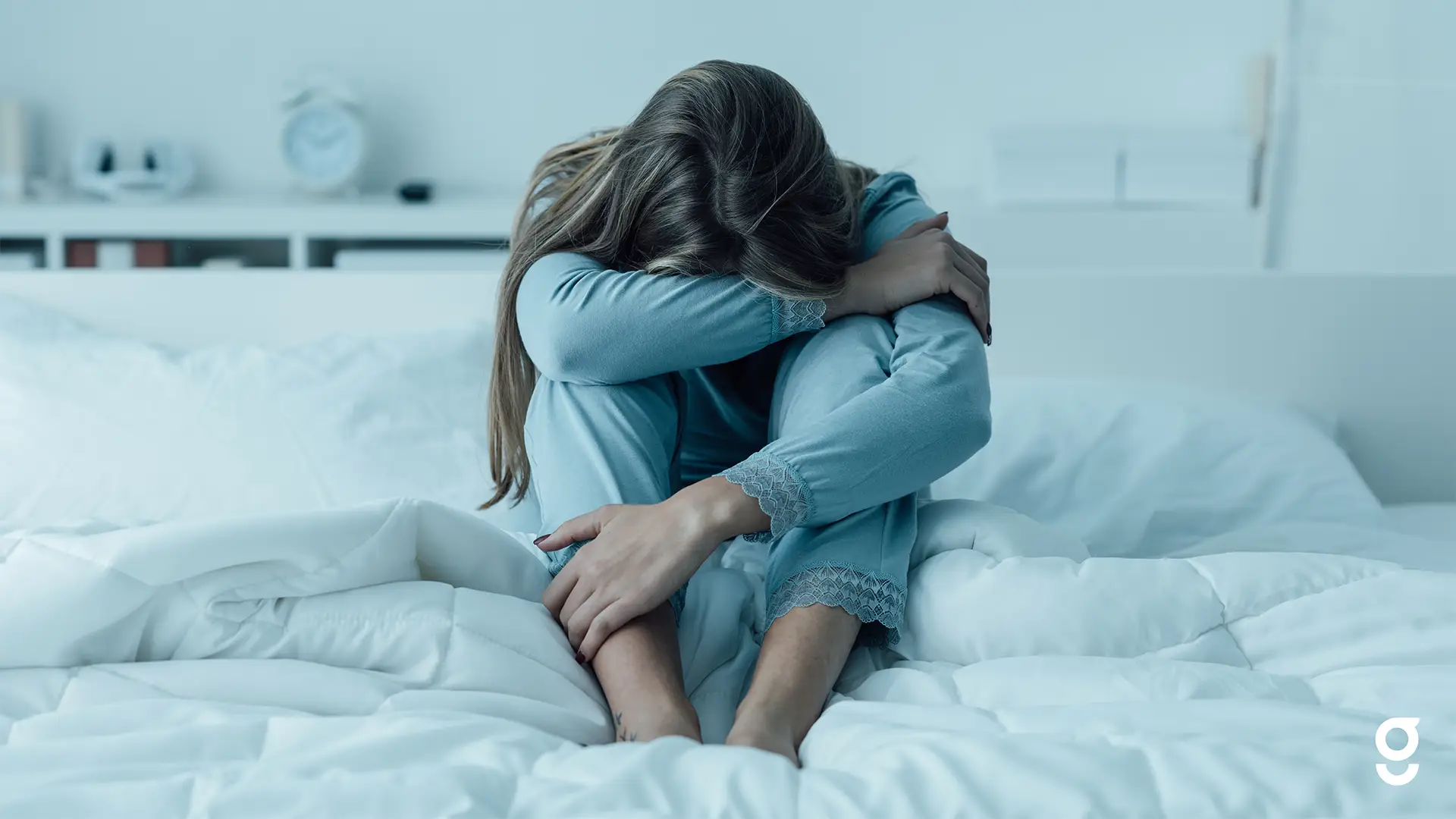Key Takeaways
- Millions of adults don’t get enough sleep due to insomnia and other sleep disorders.
- Relaxation techniques can help alleviate stress and anxiety that interferes with healthy sleep.
- Changes to your pre-bedtime routine and general lifestyle can help you get enough sleep each night.
- If you’re concerned your sleep problems are due to sleep apnea, a home sleep test can be a helpful first step in the right direction.
If you’re one of the millions of Americans who struggle with insomnia, you may find your mind racing and your body tossing and turning when you just want to be asleep.

With the right approach, you can reliably fall asleep within a matter of minutes. One of the keys to smoothly falling asleep is relaxation. Research shows that the relaxation response is a physiological process that positively affects both the mind and body.
By reducing stress and anxiety, the relaxation response can enable you to peacefully drift off to sleep. Our step-by-step guides offer proven relaxation methods that may help with insomnia and other sleep problems.
Experts emphasize that it can take time to master these techniques, but the practice pays off. Even better, these methods are customizable, so you can adjust them over time to make them work for you
The Four Key Elements to Cultivating Relaxation
For thousands of years, relaxation has been a central focus of spiritual and cultural practices, enabling a sense of calm and connection with oneself and the surrounding world.
Only in recent decades, though, have meditative practices for relaxation become a focus of scientific research, which has come to identify key elements for fostering the relaxation response.
- A quiet environment. Quiet does not have to mean completely silent. Calming sounds or music can be beneficial. Loud, abrasive sounds or noises should be avoided.
- A focus of attention. A word, phrase, mantra, breathing pattern, or mental image can all be used to draw your attention and reduce thinking about external concerns.
- A passive attitude. Accepting that it’s normal for your mind to wander allows you to remain at ease and draw your focus back to the object of your attention.
- A comfortable position. Finding a cozy place to relax is critical. Naturally, when relaxing to fall asleep, the recommended position is lying in bed.
- A comfortable sleep environment. Finding the best mattress and pillow for your sleep position and body type can be instrumental in a good night’s rest.
All of the following methods are ways of achieving these core elements so that you can calmly fall asleep. Keeping these basics in mind empowers you to adjust these methods to suit your preferences.
Falling Asleep With Relaxation Techniques
Once you’re lying comfortably in bed, try one of these techniques to put yourself at ease and settle gently into sleep.
Controlled Breathing
Why It Works: A series of slow, deep breaths can enable a sense of calm. This method, also known as pranayamic breathing, is believed to help reduce stress in the nervous system and may prepare the brain for sleep by reducing excitatory stimulus.
How to Do It:
Option 1: Counting Breaths
- Inhale slowly and gently through your nose.
- Exhale slowly and gently through your mouth.
- Count up. You can count each breath or each cycle of inhalation and exhalation, whichever comes more naturally to you.
Option 2: Dr. Andrew Weil’s 4-7-8 Method
- Place the tip of your tongue near the ridge behind your front two teeth and hold it in this location throughout the breathing exercise.
- With your mouth closed, slowly inhale through your nose while counting to four.
- Hold your breath while counting to seven.
- Open your mouth and exhale while counting to eight. Because of the location of your tongue, exhalation should cause a whooshing sound.
- Repeat this 4-7-8 cycle three more times.
Who It’s Great For Controlled Breathing is excellent for people just getting started with relaxation techniques or who have difficulty using other objects of focus like imagery or mantras.
Meditation and Mindfulness
Why It Works: Mindfulness is centered around slow, steady breathing and a non-judgmental focus on the present moment. By reducing anxiety and rumination, it has been found to have sweeping health benefits including an ability to help reduce insomnia.

How to Do It: There are many variations of mindfulness meditation for different situations. One easy-to-use style is the body scan meditation.
- Focus on slowly inhaling and exhaling at a comfortable pace.
- Notice the position of your body on the bed.
- Notice any sensations, good or bad, in your legs and feet. Let your legs be soft.
- Continue the “body scan,” observing, from your legs up to your head, each region of your body and its sensations. The goal is to stay present and observe your body without judging or reacting and then let each part of your body relax.
- After scanning each part of your body, reflect on your body as a whole and allow it to relax.